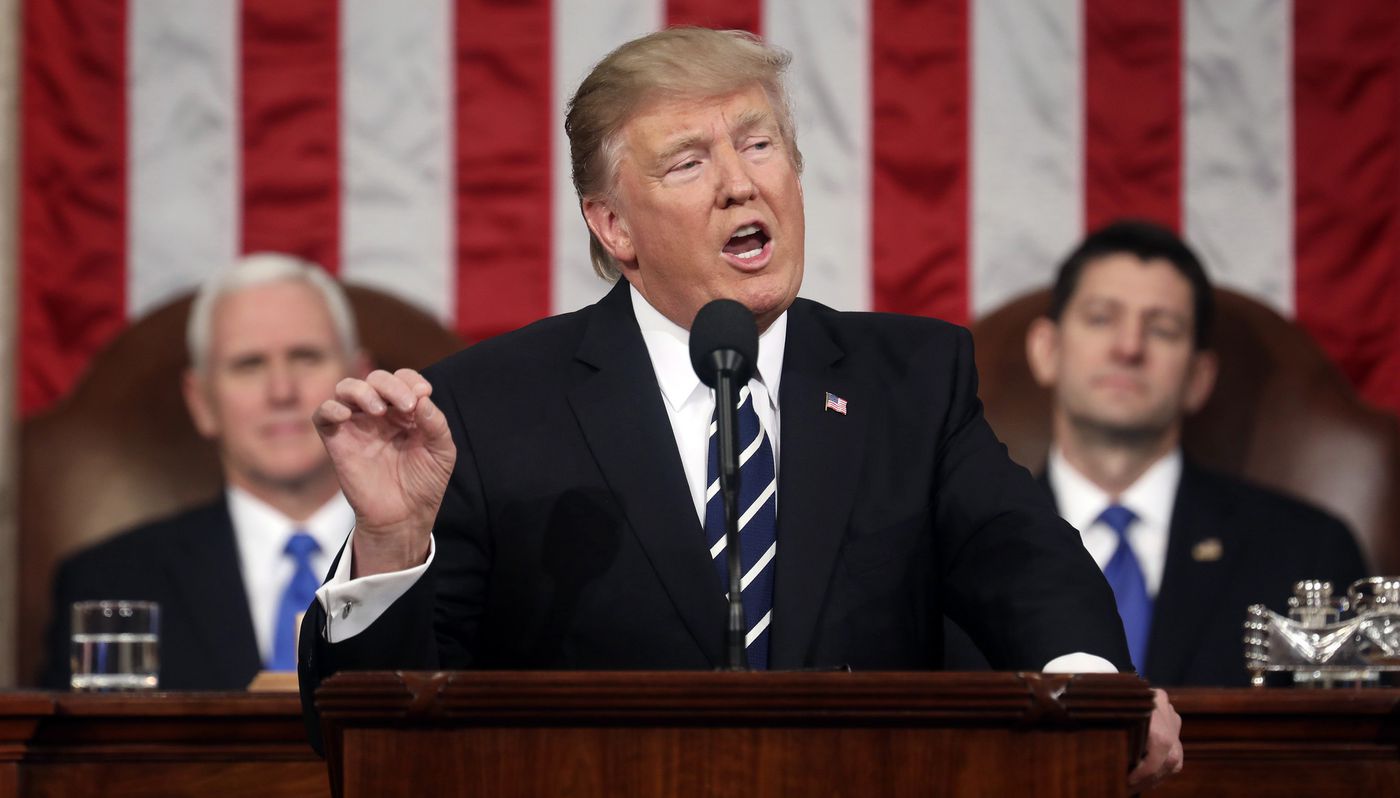In his State of the Union address, President Trump brought up the point of creating more trade schools in America due to the high demand for vocational jobs the country is going to need for its infrastructure revitalization. Politicians use words like crumbling, decaying and outdated to describe the current state the foundations of the country are in, and the President has even gone as far as saying that America is starting to represent, “A Third-World country.”
Infrastructure has been a popular topic on both the Republican and Democratic sides since the infrastructure promises Trump made during his campaign run. On the Republican side, the President wants to dedicate $1.5 trillion for infrastructure reform.
On the Democratic side, a recently proposed plan suggested a lower requirement of $1 trillion. With this new momentum, an increase in trade schools or vocational programs is likely to follow.
Renewing Infrastructure Creates a New Gateway for Trade Schools
Trade schools are rarely talked about in K-12 education as an alternative to college, but having a new influx of infrastructure needs will demand more workers skilled in trades. Here’s the common educational path students in the United States are told to undergo: go to grade school, which means kindergarten, elementary school, middle school and then high school.
Then students are drilled with the idea that if you want to have a successful future, then go to college and get a baccalaureate degree. After that, there’s the promise that schooling at the professional or graduate level will be an even greater benefit.
Higher education at the university level is amazing, but not everyone is cut out for a four-year or graduate degree, just like not everyone is cut out to work as a welder or electrician. Nonetheless, each type of education is needed because jobs of all kinds, coming from all educational backgrounds, are required to create a high-functioning society.
It is a mystery why high schools do not frequently promote trade jobs since becoming a brick mason, electrician, mechanic or construction equipment operator, just to name a few job titles, offer careers that pay competitive wages and contribute to the betterment of the country. Additionally, most students that come out of trade school are debt-free unlike the plethora of college graduates that are buried in mountains of student debt.
There is no strategic plan from the current administration as to how the government will fund new or current trade schools. The most recent mentioning of trade schools was actually more of a misunderstanding from President Trump on the differences between trade schools and community college, which offers no solution and only misguided commentary. Nonetheless, at least it raises the question: How can trade schools be better integrated into the current education system?
One solution is to implement more vocational training into the current education system. Although these types of classes are limited, some high schools offer classes in carpentry and welding. With the direction the country is heading into now, it would be wise to fund money into creating more vocational training in high schools so that high school graduates can begin careers as auto mechanics, electricians, pipefitters and more, right after graduation.

Similarly, some community colleges currently offer certification programs in trades. Therefore, the creation of singular trade schools may be unnecessary; though, on the other hand, funding could be provided instead to expand vocational training programs that already exist. A perk that community colleges offer high schools is the opportunity to receive an Associate’s degree upon program completion, which also demonstrates a level of education for the graduate.
Something that could incentivize students to attend trade schools over four-year institutions is the promise of internships with companies of the respective industry of each vocational student. With the current movement to renew the country’s infrastructure, millions of jobs are estimated to be created. Therefore, it would be important for educational organizations to provide pathways into these industries — but until a new infrastructure bill is enacted, these jobs have yet to exist.
Current Politics on Infrastructure
President Trump and the Republican plan is to designate $1.5 trillion dollars for the purpose of restoring and modernizing American bridges, airports, water facilities, public transit and roads. However, only $200 billion is expected to come from federal funding; the rest of the money would come from state and local governments or private corporations.
The federal government would provide incentives for other levels of government or private parties that choose to contribute to America’s renewal. For example, recent tax cuts for corporations have given them a new excess of money. The assumption from President Trump is that this new excess of corporate money will, in turn, give companies the opportunity to invest back into the country’s infrastructure.
Democrats have been quick to rebut the Republican proposal by offering a bill that will use $1 trillion toward rebuilding the country. The money would be provided completely by the federal government with the intention of repairing federally controlled roads, bridges and facilities.
Political commentator Robert Reich on the Democratic side argues that Trump’s plan is “nothing but a huge tax give away for the rich…Rather than taxing the wealthy, Trump wants to give rich developers and Wall Street investors tax credits to encourage them to do it, which means that for every dollar they put into a project, they’re actually paying eighteen cents and [the public] contributes the other eighty-two cents through our tax dollars.” He also argues that privately owned bridges and roads will be detrimental to the public since they will charge toll fees.
Currently, the American Society of Civil Engineers gives the United States a D+ rating on its infrastructure and the score will continue to decline if solutions are not put into action soon. A decline could be a grim possibility since there is no current deadline set for an infrastructure bill, but one can remain hopeful since the next bill proposal is set to come soon.

















